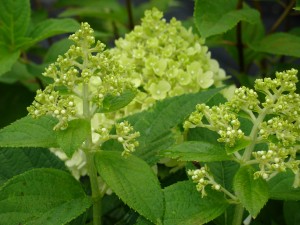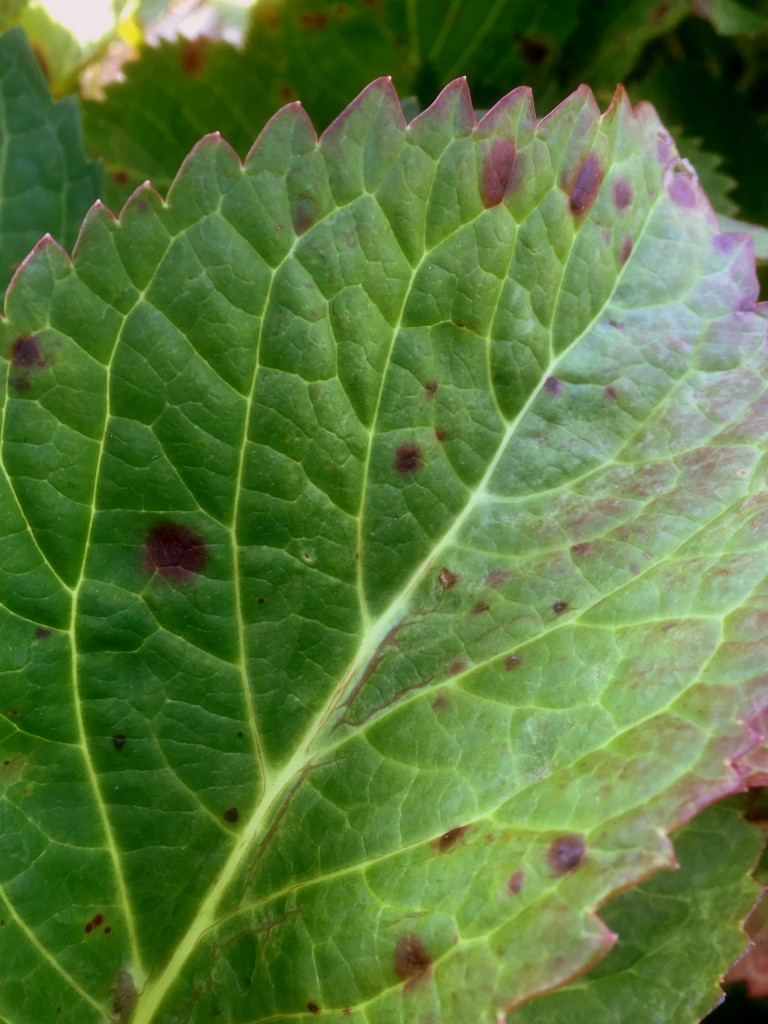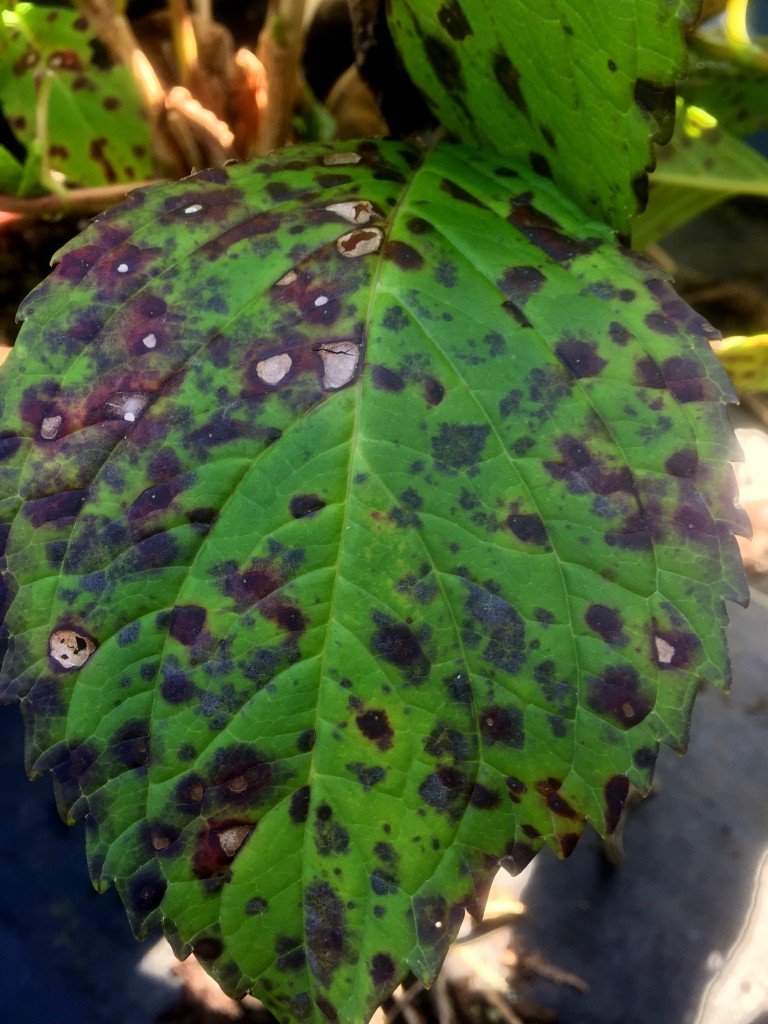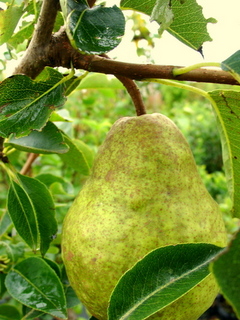
We love Hydrangeas here at the nursery, and not just the mop heads. We love them all! My personal favorite species at the moment is Hydrangea paniculata. These beauties bloom reliably year after year, and don’t require complicated pruning to do so. Every year it seems there are more cultivars on the market. In fact, it’s gotten really hard to keep them all straight!
A few weeks ago, Anna took the time to compile a list of the panicle Hydrangeas we carry. It’s a good beginning, but we are happy to answer questions in person too.
‘Angel’s Blush’
Type of Flower: Lacy
Size: Fast growing to 8 to 12 ft. tall, 6 to 10 ft. wide.
Color: Long-lasting, 10 inch-long white flower clusters in early summer. Rosy-red as they age in late summer and fall.
‘Bobo’
Type of Flower: Mounded
Size: 3ft tall to 3-4ft wide (Dwarf)
Color: Creamy white flowers in summer, providing a nonstop show until frost. In fall, flowers may turn a pinkish hue.
‘Bombshell’
Type of Flower: Compact, mounded
Size: Dwarf Form 2-3ft both in height and width
Color: White to ivory
‘Dharuma’
Type of Flower: Lacy
Size: 3-4ft Tall & 3ft Wide
Color: Starts off white but quickly turns to a rose.
‘Fire & Ice’
Type of Flower: Lacy
Size: 3-4ft Tall & 3-4ft Wide
Color: Blooms open creamy white in early summer, turn pink in mid-summer, becoming deep red in fall.
‘Grandiflora’
Type of Flower: Mounded
Size: 15-30ft Tall & 10-15ft Wide
Color: Giant white flower heads turning pink with age.
‘Great Star’
Type of Flower: Large, starry blooms.
Size: 6-7ft Tall, equal in width
Color: Creamy White
‘Kyushu’ or ‘Snow Mountain’
Type of Flower: Lacy
Size: 15-20ft Tall to 10ft Wide
Color: Mid July flowers are white and turn pinkish to almost purple with age.
‘Limelight’
Type of Flower: Mounded
Size: 6-8ft Tall, equal in width
Color: Unique chartreuse blooms in mid-summer that changes to pink in fall.
‘Little Lamb’
Type of Flower: Mounded
Size: 6-8ft Tall and 4-6ft in Width
Color: White
‘Little Lime’
Flower Type: Mounded
Size: 3-5ft both in height and width, considered as “dwarf” variety
Color: Green, turning pink in the fall
‘Little Quick Fire’
Flower Type: Large, loosely held blooms
Size: 3-5ft both in height and width
Color: Open creamy-white, quickly turn a deep rosy-pink
‘Phantom’
Flower Type: Mounded
Size: 8-10ft Tall, 10ft Wide
Color: Creamy pink
‘Pink Diamond’
Flower Type: Cone, mounded
Size: 8-10ft both in height and width
Color: White flowers that age to pink
‘Pinky Winky’
Flower Type: Large Lacy Blooms
Size: 6-8ft Tall
Color: The large white panicles open in mid to late-summer, and as summer turns to fall the florets at the base of the panicles turn pink
‘Quickfire’
Flower Type: Lacy
Size: 6-8ft Tall and Wide
Color: Begins white, turns pink as the summer progresses.
‘Sweet Summer’
Flower Type: Mounded
Size: 4ft. Tall and Wide
Color: Shows white and shades of pink at the same time.
‘The Swan’
Flower Type: Starry like blooms, lace-like qualities.
Size: 4-6ft Tall and Width
Color: Primarily white, shows shades of pink and ivory.
‘Tardiva’
Flower Type: Lacy
Size: Reaches 8-10ft Tall Spreads 6-10ft
Color: White and shades of pink
‘Unique’
Flower Type: Lacy
Size: 6-10ft Tall and 6-10ft Wide
Color: Mostly white with shades of pink
‘Vanilla- Strawberry’
Flower Type: Mounded
Size: Reaches 6-8ft tall, spreads 4-6ft
Color: White, pink to pinkish-red



 We sell hundreds of ornamental trees on Nantucket every year. And as much as I love selling majestic Elms, elegant Styrax and the like, I have a special place in my heart for fruit bearing trees. There is something really exciting about being able to grow fruit for yourself. Pear trees, in particular, seem to be very rewarding.
We sell hundreds of ornamental trees on Nantucket every year. And as much as I love selling majestic Elms, elegant Styrax and the like, I have a special place in my heart for fruit bearing trees. There is something really exciting about being able to grow fruit for yourself. Pear trees, in particular, seem to be very rewarding.












